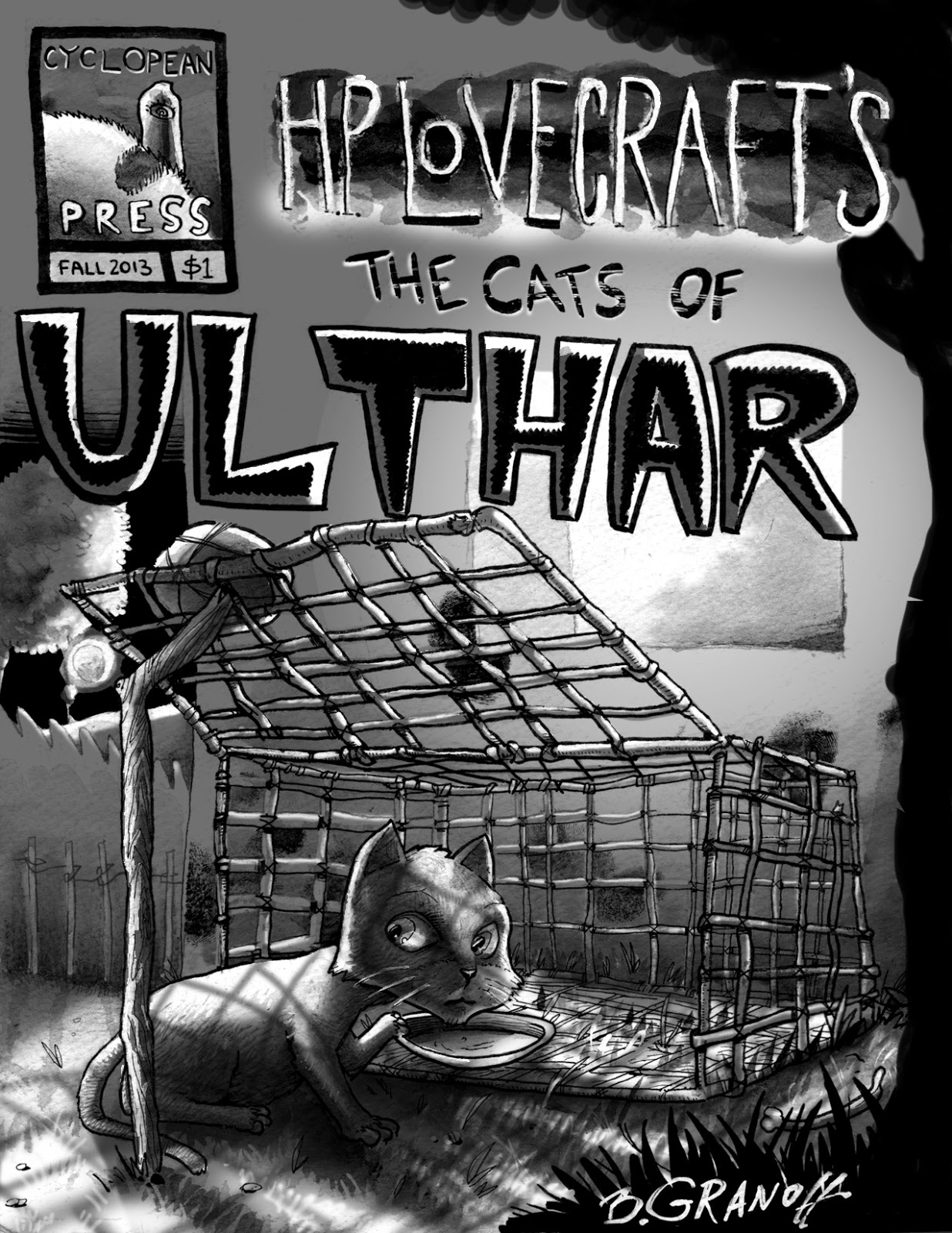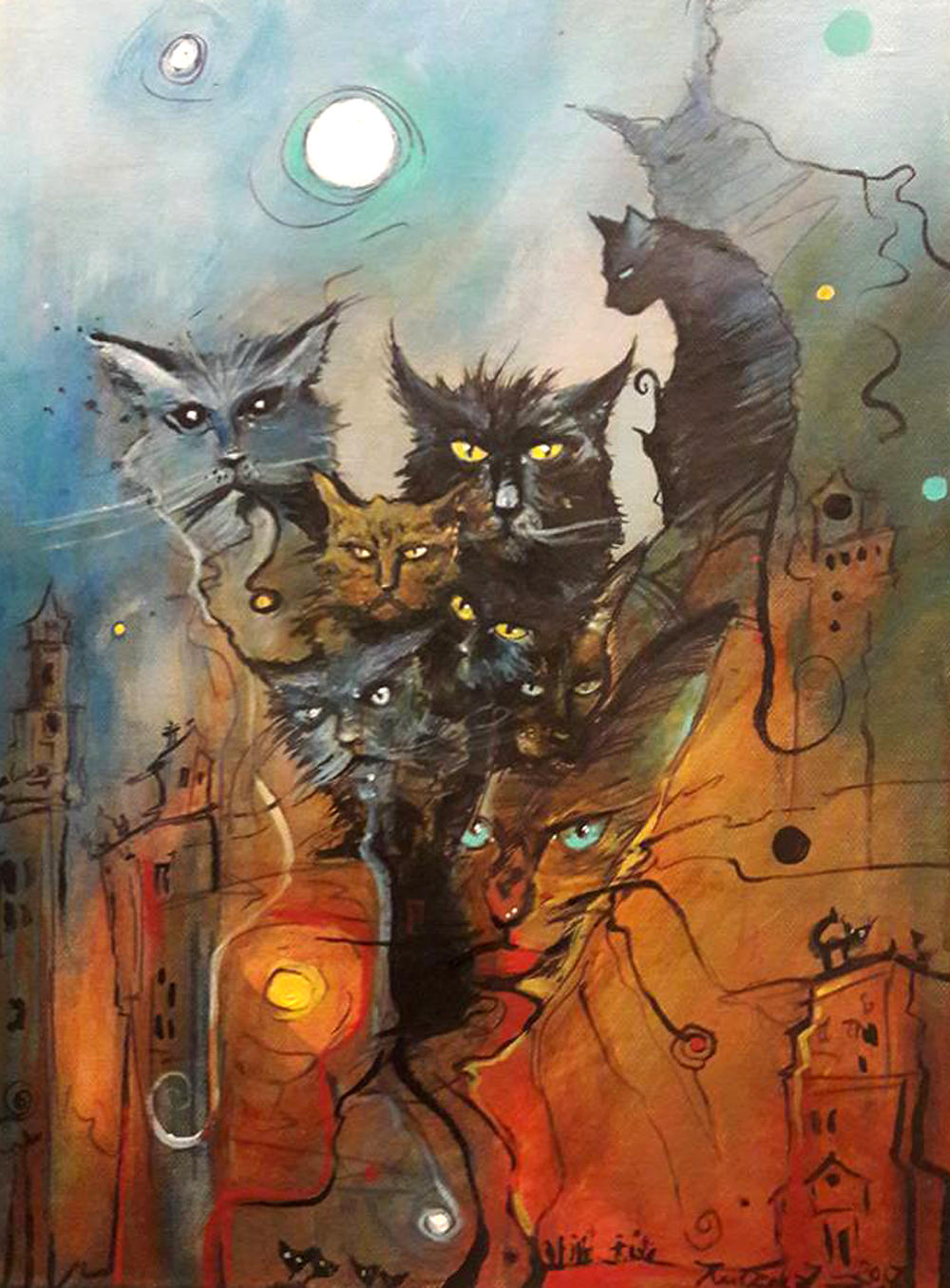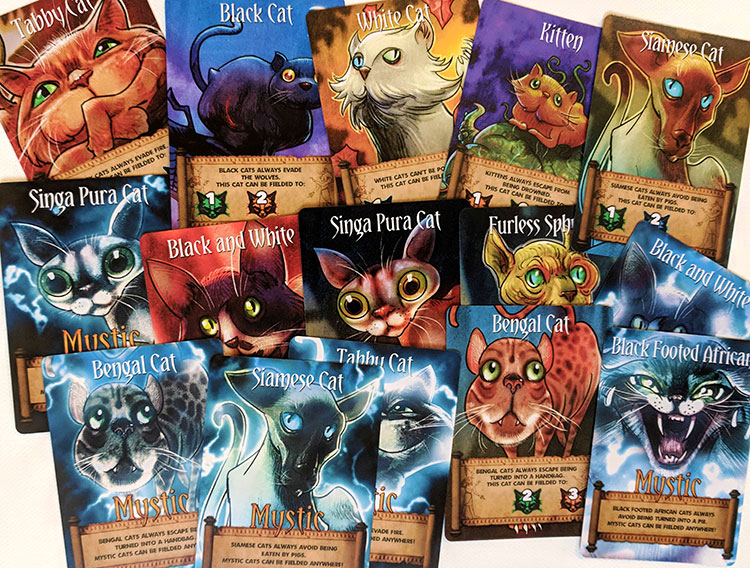

We may pause over the name of the village of Ulthar and reflect on its echoic suggestions. The charm of this little story, though, lies not merely in its quaint and fairy tale–like surface narration, the appeal of which one would scarcely deny, but in its more subtle workings as well-in its refusal to be as simple as it seems, in its self-referential commentary upon its own linguistic workings, in its function as (to borrow a term from the late Paul de Man) an allegory of reading. Subsequently they pass the law to which the story’s opening and closing lines allude and which is discussed by traders and travelers to this day: “In Ulthar, no man may kill a cat” (58).

After a week with no lights in the windows of the ill-reputed cotters, the burgomaster and his friends investigate the cottage, to find “two cleanly picked human skeletons” (58). The pet disappears, and the boy directs prayers to the sky “in a tongue no villager could understand” (56), whereupon the clouds assume peculiar shapes.Īfter the gypsies leave, all the cats of Ulthar disappear, to reappear the next morning “sleek and fat” and uninterested in their breakfasts. A caravan of “dark wanderers” one day comes to the village, among them a little orphan boy with a cherished kitten. In Ulthar, we are told, there once lived an old couple in a small cottage “darkly hidden under spreading oaks at the back of a neglected yard,” a couple who “delighted to trap and slay the cats of their neighbours” (55). “It is said that in Ulthar,” the story opens, “which lies beyond the river Skai, no man may kill a cat.” The narrator, before relating the events of the story, regards the cat “who sitteth purring before the fire” and muses that the cat is descended from ancient lines, kin to the Sphinx but older, and possessed of timeless secrets.


In June 1920, some five months after writing “The Terrible Old Man,” Lovecraft wrote “The Cats of Ulthar” ( DAG, 55-58), a short tale in the manner of Lord Dunsany and, as a biographical point worth mentioning in passing, a darkly playful bit of self-indulgence on the part of the author, who, as is well known, loved cats.


 0 kommentar(er)
0 kommentar(er)
